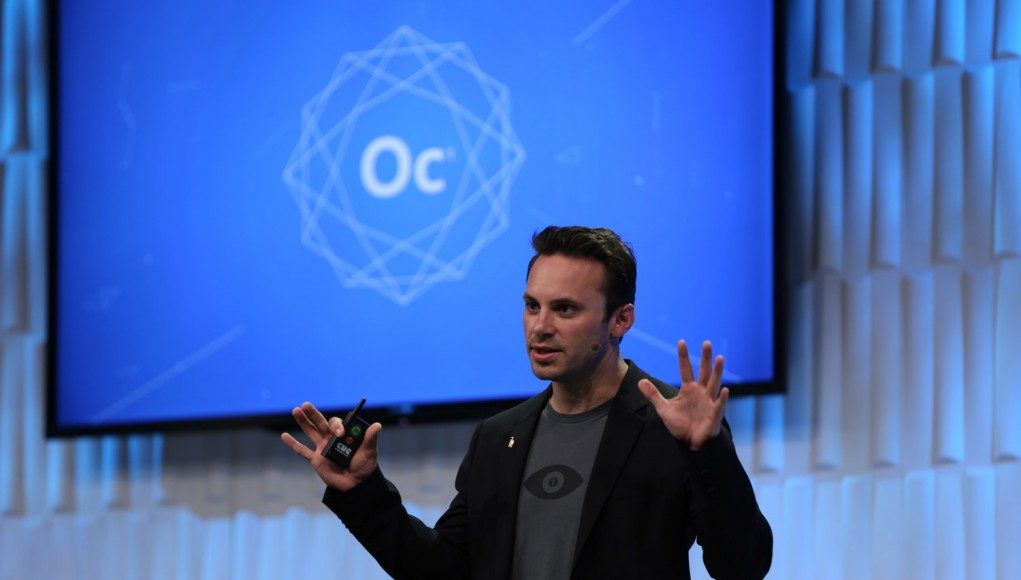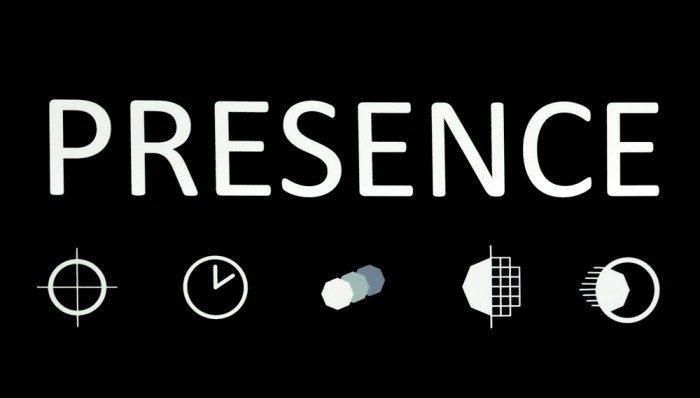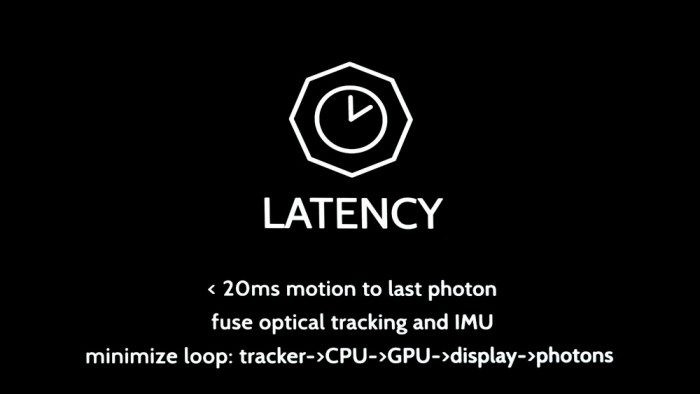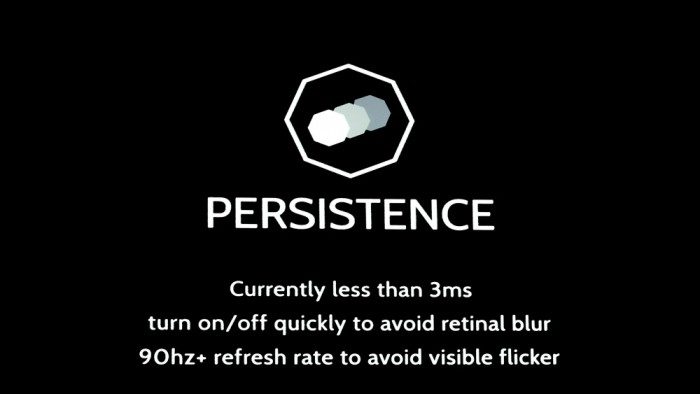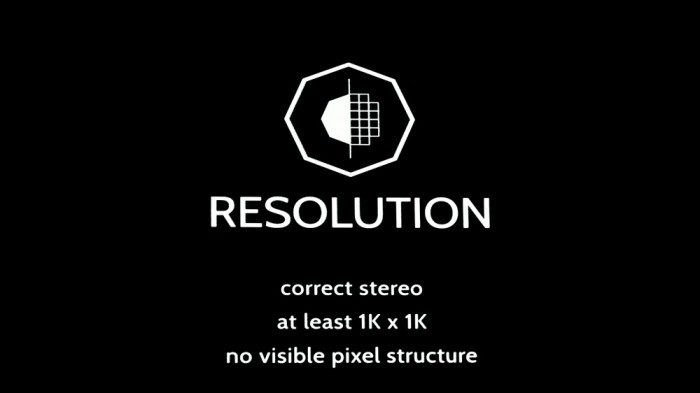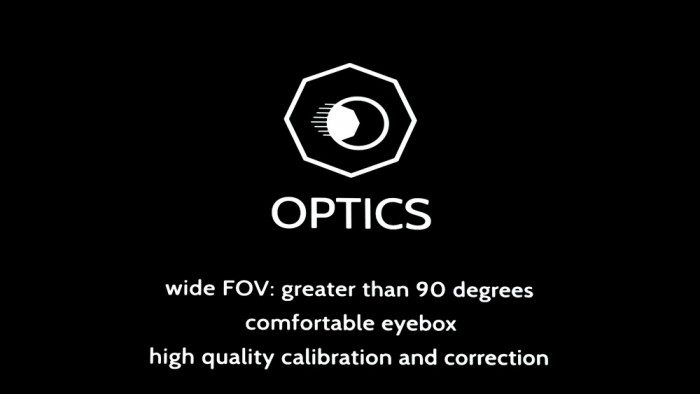Having open-sourced the design and software that powered their first VR headset, Oculus shares 5 key ingredients that it believes are the baseline for achieving Presence in virtual reality.
See Also: Oculus Open-sources Rift DK1: Mechanical Designs, Firmware, and More All Freely Available
I’ve been following the Oculus story since before the Kickstarter that launched the company in 2012. From the beginning, the company had a vision of kickstarting not just their own product, but an entire industry. True to that vision, Oculus has been sharing their progress along the way for others that may want to follow in their footsteps.
Presence is a feeling that’s hard to describe. It relates to immersion, but seems to be a special type of immersion where the low-level systems of the brain are tricked to such an extent that they react just as they would to non-virtual stimuli. Presence has been recognized in the field of virtual reality research for more than a decade. Mathhew Lombard, a PhD researcher who has published several papers on the topic, gives a good definition of Presence (as reported in “Research on Presence in Virtual Reality: A Survey.” Schuemie, Martin J., et al. CyberPsychology & Behavior 4.2 {2001})
Presence (a shorted version of the term “telepresence”) is a psychological state of subjective perception in which even though part or all of an individual’s current experience is generated by and/or filtered through human-made technology, part or all of the individual’s perception fails to accurately acknowledge the role of the technology in the experience. Except in the most extreme cases, the individual can indicate correctly that s/he is using the technology, but at ‘some level; and to ‘some degree’, her/his perceptions overlook that knowledge and objects, events, entities, and environments are perceived as if the technology was not involved in the experience.
As a relatively subjective experience, the precise definition of Presence appears to be a point of contention within the world of VR research. This goes hand-in-hand with determining exactly what’s needed to induce such a state.
Michael Abrash, former AR/VR researcher at Valve and now Chief Scientist at Oculus, has spent significant time researching the topic and attempting to define the baseline components needed for Presence.
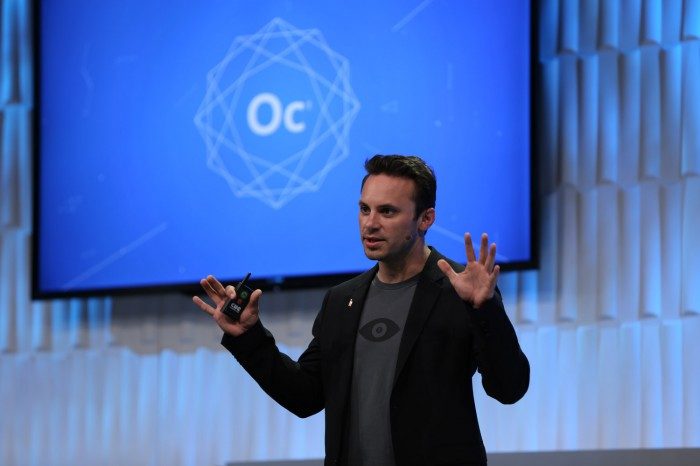
At Oculus Connect 2014 last weekend, the company’s first developer conference, CEO Brendan Iribe took to the stage to update the developer community on the latest developments by the company. Prior to the introduction of their latest headset, the Rift Crescent Bay prototype, Iribe listed what Oculus believes are 5 key ingredients for Presence in VR. So far as we know Crescent Bay has them all.
See Also: First Hands-on — Oculus Rift Crescent Bay is Incredible
1. Tracking
- 6 degrees-of-freedom (ability to track not only rotation, but translation {movement through 3D space} too), 360 degree tracking (ability to track 6DOF no matter which direction you’re facing)
- Sub-mm accuracy, no jitter noise (no shaking while the tracked object is completely still)
- Comfortable tracking volume (the space within which the headset can be tracked in 6DOF)
2. Latency
- Less than 20ms from when motion happens to when the last photon is emitted from the display)
- Fusion of (in this case) optical tracking and IMU data
- Minimize loop: tracker → CPU → GPU → display → photons
3. Low Persistence
- Currently less than 3ms to turn pixels on then off (to reduce smearing)
- 90Hz+ refresh rate to avoid visible flicker
4. Resolution
- Correct stereoscopic (3D) rendering
- At least 1,000 x 1,000 pixels per eye
- No visible pixel structure (such as RGB or pentile)
5. Optics
- Wide field of view: greater than 90 degrees horizontal
- Comfortable eyebox (the minimum and maximum eye-lens distance wherein a comfortable image can be viewed through the lenses)
- High quality calibration and correction (correction for distortion and chromatic aberration that exactly matches the lens characteristics)

